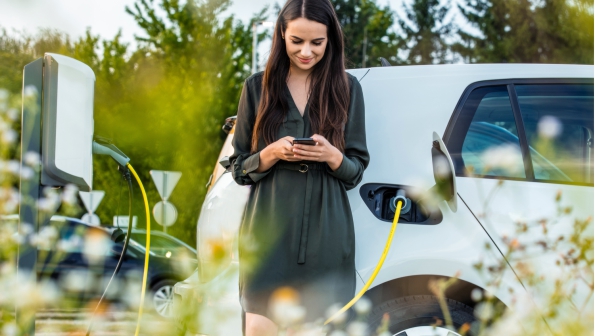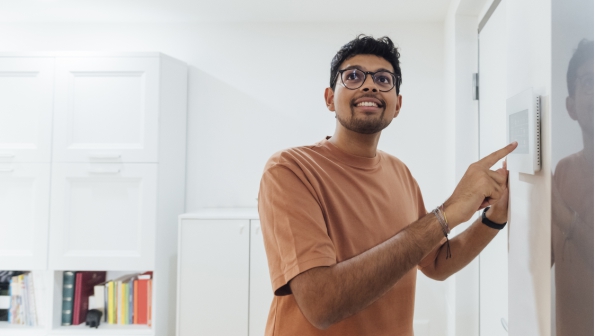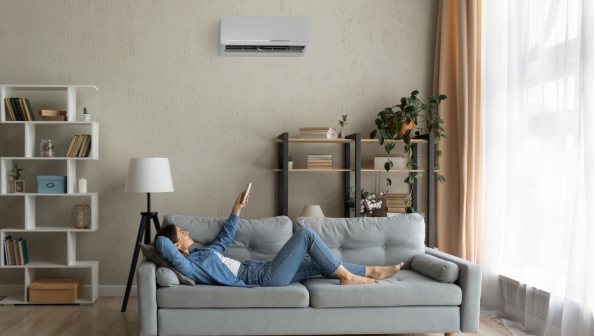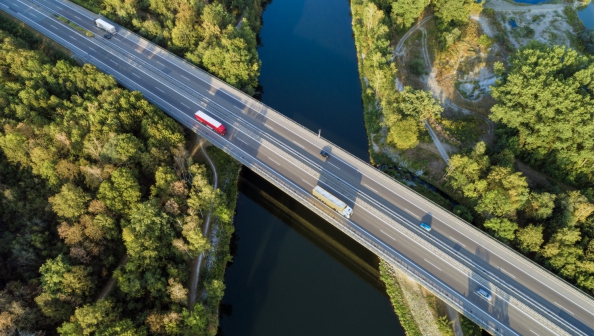
Can smart technologies be the key to a greener future?
We think: YES!
Equipped with reliable intelligent semiconductor technology such as sensors, microcontrollers, connectivity and security solutions, smart IoT devices and applications in smart homes and buildings or in smart factories make it possible to save resources, energy and costs. And thus reduce CO2 emissions. For a greener future.
But we also think: It can only work hand in hand. Together.
It is important that we humans make our contribution. Supported by technological progress, we can manage to counteract climate change. This starts in the private sphere - in a smart home, for example - where connected devices equipped with smart technologies not only can increase convenience and comfort, but can also reduce energy consumption ... and so, reduce the electricity bill. In addition to the private sphere, of course, smart technologies in public spaces and in companies have enormous potential to contribute to environmental protection and resource conservation.
Let's get on with it! As the market leader for IoT systems, we are driving the green and digital transition towards a net-zero economy. Together with you!
The development and use of the IoT has a sustainability footprint. The manufacturing of new IoT technologies will increase global electricity use by 34 terawatt-hours (TWh) by 2030, according to a report from Transforma Insights and 6GWorld. But: These IoT solutions will also reduce electricity consumption by more than 1.6 petawatt-hours (PWh), enough electricity to support more than 136.5 million homes’ energy use for one year. ( Source: IoTnews)
The saving potential of smart homes and buildings

"Greener living" includes to make homes more energy and cost efficient. Ongoing advances in IoT are helping to make a home more eco-friendly, firstly by making IoT devices themselves more efficient and consuming less. On the other hand, IoT applications can help to reduce energy consumption in the home - automatically or by supporting the occupants. And all this while increasing comfort.
Reducing carbon dioxide emissions and the energy consumption is a duty for all of us - companies, operators of large office buildings, but also for us citizens. It is important to minimize and control consumption in every home and building. Infineon offers a wide range of products that enable simple, reliable and cost-effective implementation of smart homes, like:
- Smart thermostats with networked sensors for more precise heating and cooling control.
- Smart window opening systems that automatically ventilate rooms based on data from air quality sensors.
- Smart lighting controls based on the presence of people.
- Weather monitoring systems that coordinate electric vehicle charging times to minimize energy consumption at peak times and charge vehicles when, for example, green solar power is available from the solar system on the roof.
Green smart factories of the future

The biggest consumers of electricity today are buildings and industry sectors (production and logistics operations in particular), which jointly account for over 90% of global electricity consumption and have contributed over 90% (around 5,700 TWh) to global electricity demand growth since 2010 (1).
Innovative, smart IoT applications can not only increase efficiency, but also minimize downtime, extend the lifetime of machines and plants, and increase resource efficiency. Smart IoT can shorten delivery journeys and delivery times, and thus contribute to reductions in CO2 emissions and fuel consumption. It can also enable more climate-friendly production methods.
(1) IEA (2022), World Energy Outlook 2022, IEA, https://www.iea.org/reports/world-energy-outlook-2022
1) ABI Research market data forecasts
2) International Energy Agency








